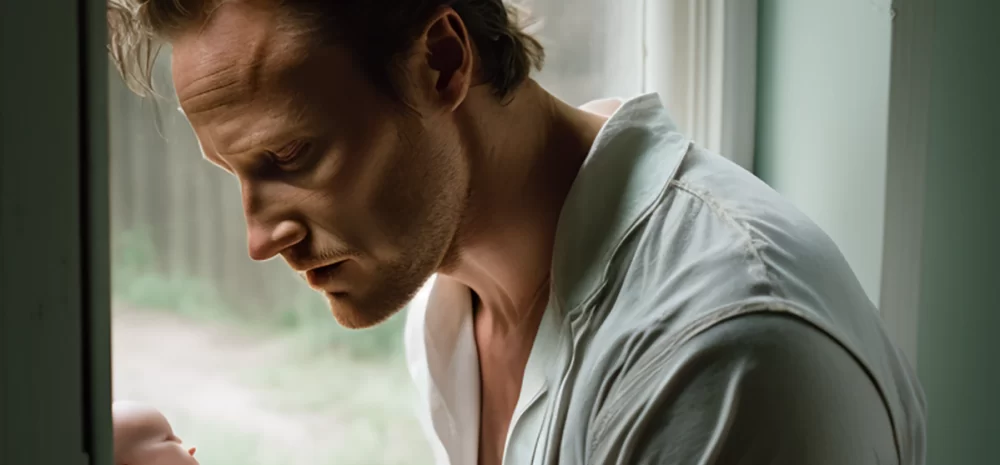As a new father, one of the things you need to get familiar with is changing your baby’s diaper, as it is one of the most essential tasks that you will perform daily. You need a changing pad for a baby if you want to ensure that you have all the necessary tools to make diaper changing easier.
This article will answer the most common questions about changing pads. Our focus will be on changing pads for babies, and we will cover everything from whether babies need changing pads to how to choose the right changing pad for your baby.
Do Babies Need Changing Pads?
Yes, you need a changing pad for a baby. Changing pads are an essential tool for parents who want to ensure that their baby is comfortable and safe while being changed. Changing pads come in different shapes and sizes, and they are designed to provide a clean and comfortable surface for your baby to lie on while you change their diaper. Using a changing pad also helps to prevent accidents such as your baby rolling off the changing table or changing surface.
How Long Can a Baby Use a Changing Pad?
Babies can use a changing pad for as long as they are in diapers. The duration that a baby uses a changing pad depends on the size and weight of the baby. As your baby grows, you may need to upgrade to a larger changing pad to accommodate their size.
Is It Ok for a Baby to Sleep on a Changing Pad?
No, it is not safe for a baby to sleep on a changing pad. Changing pads are designed to provide a clean and comfortable surface for your baby to lie on while being changed. They are not designed for sleeping, and it is not safe to leave your baby unattended on a changing pad.
How Do I Choose a Baby Changing Pad?
When choosing a baby changing pad, there are several factors you need to consider. The first factor is the size of the changing pad. You want to choose a changing pad that is large enough to accommodate your baby comfortably. The second factor is the material of the changing pad. You want to choose a changing pad that is made of a waterproof and washable material. Other factors to consider include the shape of the changing pad, whether it is contoured or flat, and whether it has a non-slip surface.
How Many Changing Pads Do You Need for a Baby?
It is recommended to have at least two changing pads for your baby. This allows you to have one pad in use while the other is being washed or cleaned. Multiple changing pads can also be useful if you have multiple changing stations in your home.
What Can You Use Instead of a Changing Table?
A portable changing pad is a great option for on-the-go diaper changes, and a contoured changing pad can be placed on any flat surface, such as a dresser or bed, to create a makeshift changing area. Portable changing pads are designed to be lightweight and easy to carry, making them ideal for parents who are always on the go.
How Often Do You Wash a Changing Pad?
It is recommended to wash your changing pad after each use to ensure that it stays clean and hygienic. If your changing pad is waterproof or has a removable cover, it can be easily cleaned with a damp cloth or wiped down with disinfectant.
Can You Change a Baby on the Floor?
Yes, you can change a baby on the floor, but it is not recommended. Changing pads provide a clean and comfortable surface for your baby, while the floor can be cold, hard, and dirty. If you need to change your baby on the floor, be sure to place a waterproof changing pad or towel underneath your baby to protect them from any mess.
Are Anti-Roll Changing Mats Worth It?
Anti-roll changing mats can be useful if your baby squatters or rolls during diaper changes. These mats have raised edges that help keep your baby in place and prevent them from rolling off the changing pad. While not necessary, they can be a helpful tool for some parents.
Where Is the Safest Place to Change a Diaper with a Changing Pad?
The safest place to change a diaper with a changing pad for a baby is on a flat, stable surface away from any hazards or obstacles. Avoid placing your baby on high surfaces, such as tables or countertops, and always keep one hand on your baby while they are on the changing pad to prevent any falls or accidents.
Final Thoughts on Questions about a Changing Pad for a Baby
Choosing the right changing pad for your baby is an important decision, with many options to consider. Along with a changing pad, there are other essential baby items to consider, such as car seats, baby bathtubs, playpens, and more. Investing in quality baby products ensures that your baby stays safe, comfortable, and happy.
Need the Best Changing Pad?
Don’t waste more time; look at the best changing pad for babies and get this off your list today!
Featured Changing Pad for a Baby






